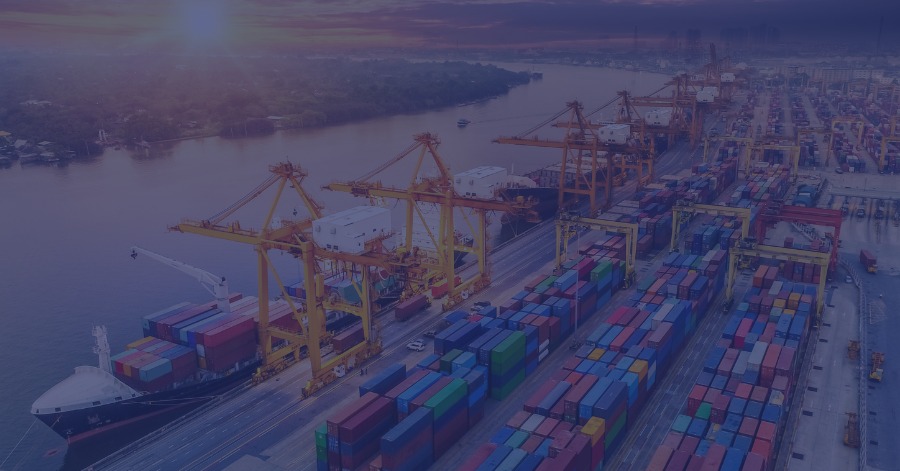
The maritime and shipping industry operates across a global network and is accountable for the cross border transfer of goods worth trillions of dollars every year. Despite operating at such a large scale, the industry lacks digital innovation and development, which could potentially optimize it manifolds. Interestingly, document processing, administrative costs, and transaction workflows constitute the majority of the functionalities in this industry and these activities have not yet been digitized on a large scale. To date, stakeholders largely depend on legacy systems and tedious paperwork to operate business operations, thus leading to inconveniences and delays in terms of time, efficiency, and money.
Leveraging the Power of Technology
The infusion of technology into this space can solve a majority of the inefficiencies and blockchain is the most potent one. Blockchain technology initially started out with a handful of applications, cryptocurrencies being the most prominent among those. However, over the years blockchain has expanded its horizons and is now serves as a solid foundation for innumerable use cases and applications across multiple industries. Needless to mention, the maritime and shipping industry can also optimize its operations by using this cutting-edge technology.
Scope of Deploying Blockchain Technology in the Shipping & Maritime Industry
In the most general sense, blockchain enables the storage and exchange of data in a permanent, immutable, tamper-proof, and transparent manner on a decentralized server without the need for a centralized authority. Moreover, data stored on a blockchain is cryptographically secured and hence cannot be manipulated.
Based on these features, the shipping & maritime industry can leverage blockchain technology for a variety of applications including but not limited to – improved logistical capabilities, more transparent end-supply-chain, reduced lead times through effective communication between associated stakeholders, reduced counterfeiting chances, better threat analysis by customs and border guards, streamlining of customs documents, sea waybills, etc., efficient cross-border payments, elimination of tedious paperwork through a completely digitized and distributed communications system among many others.
Most importantly, the biggest advantage of leveraging the power of blockchain technology in this industry is the seamless transition potential. Today, blockchain solutions are offered as software services that can be easily integrated into existing systems.
Ending Note
In its truest essence, blockchain technology encompasses the pillars of transparency, security, collaboration, and immutability through a cryptographic array of workflows. In other words, it is highly efficient in applications where multiple stakeholders are involved with the constant need to exchange data with each other. Hence, the maritime and shipping industry stands at the perfect avenue to leverage this technology and fill all its gaps in terms of digital innovation and technology adoption. The potential outcome would be a massive optimization in how the entire industry operates leading to higher efficiency when it comes to ease of business, time, and finances.
The Payment Porte platform is tailor-made for this exact application where it has been built with an objective to disrupt the maritime and shipping industry through a proprietary blockchain-based solution. It is now in its final stages of development and will launch on a large scale along with several complementary products and services. As we continue to ride our vision of creating a seamless and easy-to-use cross border payment solution for multiple use-cases, we welcome you to join the community, start engaging and stand a chance to reap all the benefits that the PORTE Utility Token has to offer.
Telegram Channel: https://t.me/PaymentPorte
Instagram: https://www.instagram.com/paymentporteplatform/
Twitter: https://twitter.com/PaymentPorte